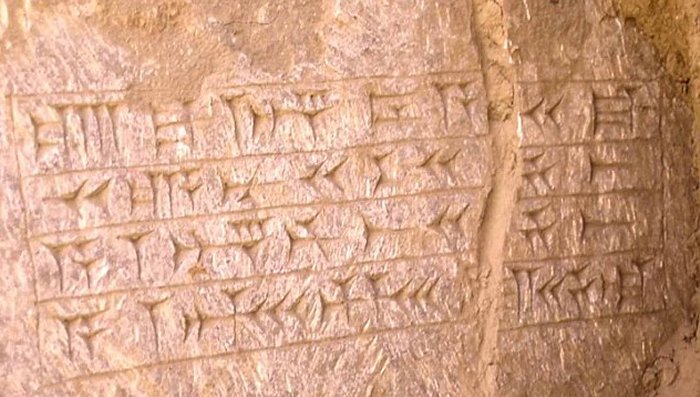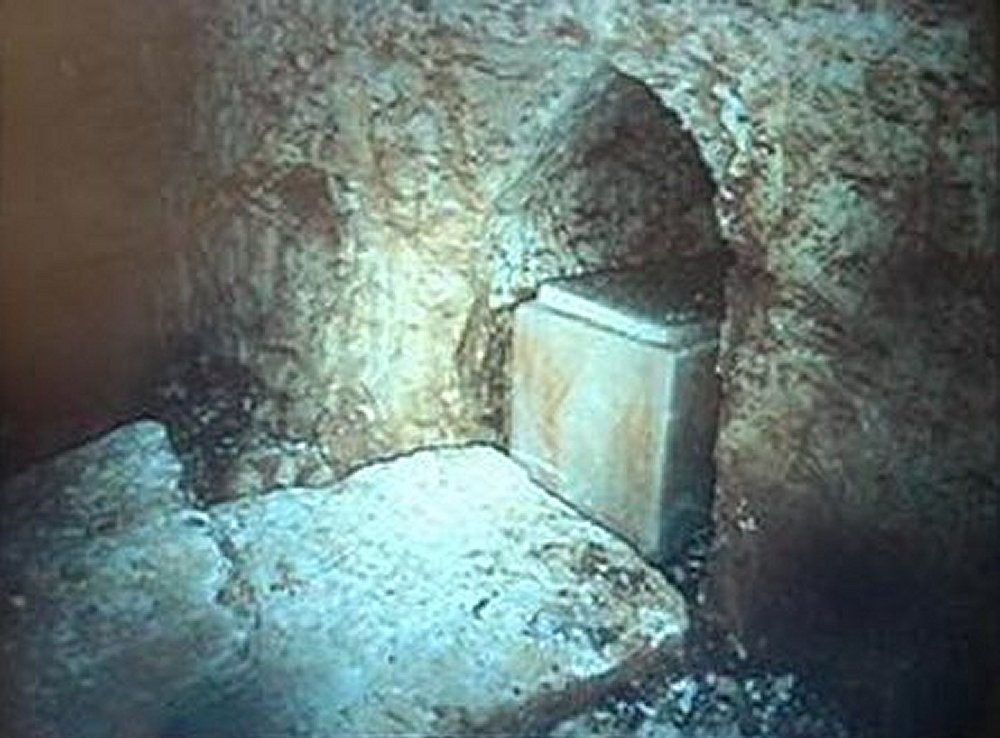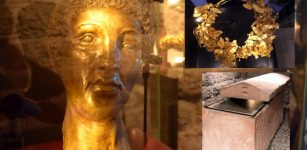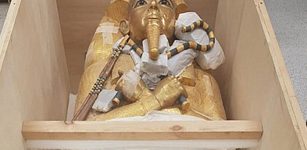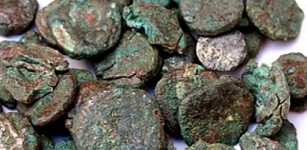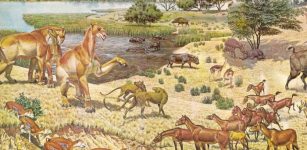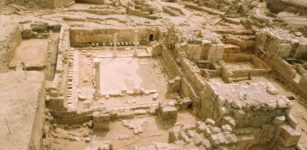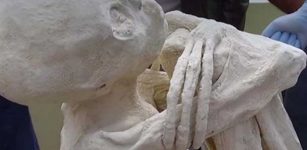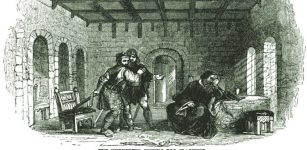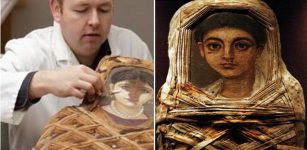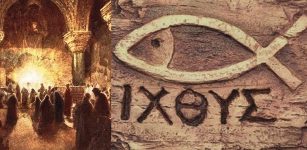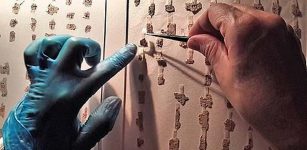Clay Tablets Of Assyrian ‘King Of The World’ Esarhaddon Found Beneath Biblical Tomb Of Jonah
AncientPages.com - Unfortunately, sometimes something must be destroyed so that another discovery can be brought to light.
Seven clay tablets, found in a palace hidden under the Tomb of Jonah in the northern city of Mosul, describe the rule of a king named Esarhaddon.
Esarhaddon, King of Assyria. Credit: Public domain
The inscriptions describe Esarhaddon as 'king of the world', and claim he rebuilt the ancient cities of Babylon and Esagil during his reign.
The discovery is highly significant because only a small number of cuneiform tablets which relate to King Esarhaddon’s life have previously been found.
The texts appear similar to the inscription pictured, found in an ancient palace in Nineveh, Iraq. It reads: 'The palace of Ashurbanipal, great king, mighty king, king of the world, king of Assyria, son of Esarhaddon, king of Assyria, descendant of Sennacherib, king of Assyria'. Credit: Stevan Beverly
As Ancient Pages previously reported, some years ago archaeologists announced they had found an ancient tomb that could prove the existence of Biblical Jonah. Today, the tomb does no longer exist. It was destroyed by ISIS in 2017, but hidden under the tomb archaeologists have found seven precious clay tablets from 2,700 years ago.
Tomb of Biblical Jonah.
According to these clay tablets, the location under Jonah’s tomb was once “the palace of Esarhaddon, strong king, king of the world, king of Assyria, governor of Babylon, king of Sumer and Akkad, king of the kings of lower Egypt, upper Egypt and Kush.” The palace was destroyed during the Battle of Nineveh in 612 B.C.
A member of the Iraqi army stands next to Assyrian stone sculptures of demi-goddesses, pictured spreading the 'water of life'.
The texts say Esarhaddon is the son of Sennacherib, who reigned over Assyria from 704–681 B.C, and a descendant of Sargon II, who was also 'king of the world, king of Assyria', reigning 721–705 B.C.
One cuneiform tablet states that king Esarhaddon wanted to bringing back the worship of Assyrian god Aššur. In order to achieve his goal, he reconstructed “the temple of the god Aššur and rebuilt the ancient cities of Babylon and Esagil.” King Esarhaddon also said that he had also “renewed the statues of the great gods.”
See also:
Cuneiform Tablets: One Of The Earliest Systems Of Writing Invented By The Sumerians
Lost Kingdom Of Mari – Once Important Commercial And Political Center Of Mesopotamia
Long History Records Of Medicine In Mesopotamia And Sumer
King Esarhaddon also proclaiming himself as one who “surrounded, conquered, plundered, demolished, destroyed and burned with fire twenty-one of their cities together with small cities in their environs.”
This image reveals the damage caused by ISIS to the site of Jonah's tomb.
According to Professor Eleanor Robson, chair of the British Institute for the Study of Iraq most artifacts and sacred buildings have been destroyed by ISIS, but this particular destruction by the militants led to a fantastic find.
“There's a huge amount of history down there, not just ornamental stones. It is an opportunity to finally map the treasure-house of the world's first great empire, from the period of its greatest success,” Professor Robson said.
AncientPages.com
Expand for references

